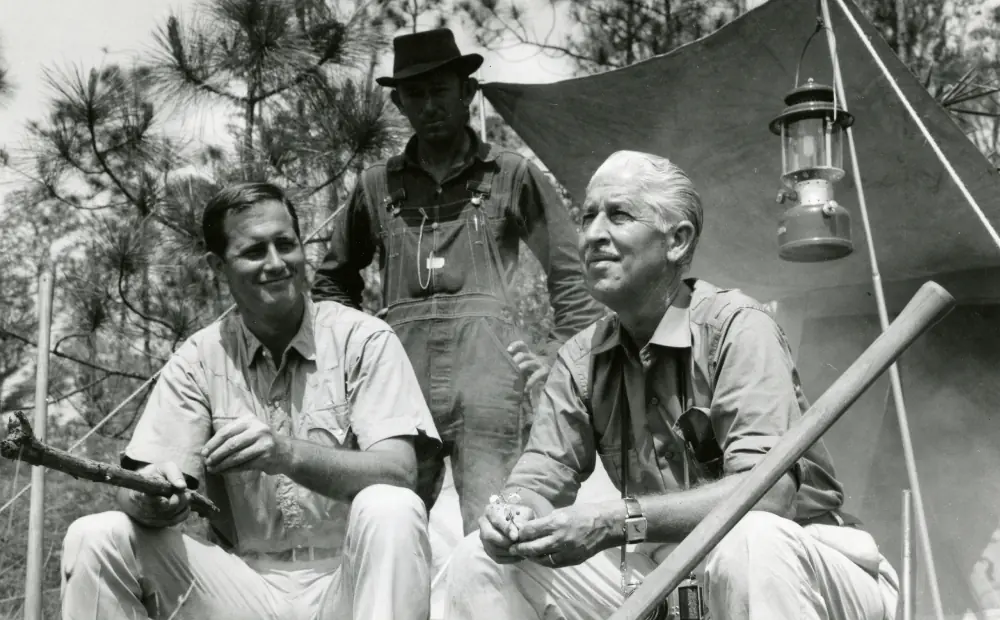0:01
This morning we're at Truth or Consequences Airport in New Mexico, so the median weather looks great.
0:08
Looks like a great day.
0:09
No wind.
0:10
I think the wind's picking up this afternoon.
0:12
Taking part in the Mexican Wolf Project's annual census led by the US Fish and Wildlife Service.
0:20
Their primary job is to get a count.
0:22
Secondary is to potentially catch one of the animals and get a collar on.
0:26
We have a collar that's about to fail.
0:29
1A male in particular needs a new color.
0:32
Thankfully, the female that he's paired with has a color that's still transmitting.
0:38
This is a beautiful little twin spotter plane that's going to go out and fly over these mountains in the background and look for a wolf which is going to be hard to find in a large mountain rings like that with thousands and thousands of acres.
0:54
Even though there are only 286 Mexican wolves in America, that number is a huge conservation success story.
1:03
Mexican wolves, the smallest of America's 3 wolf species, were haunted indiscriminately by farmers to protect their livestock and were wiped out across their range in the Southwest.
1:16
But in 1976, the Endangered Species Act protected Mexican wolves, and five animals from Mexico were brought to the US to start a captive breeding program.
1:28
Years later.
1:29
The wolves we're searching for today are all descendants of those original 5.
1:37
The spotter plane has located our alpha male, so the specialized helicopter team moves in.
1:44
So there's three people in the helicopter.
1:46
I'm a mugger and So what I do is I track down the wolves and then I go out and collect the wolf and bring them back to the helicopter.
1:59
We've been doing this for 25 years now.
2:01
The really good thing is the team that we have, all these people work as a well-oiled unit together.
2:08
Their primary job is to get a count.
2:09
They'll identify the male and female of the pack and then try and count any on collards in the pack.
2:16
Secondary is to potentially catch one of the animals and get a collar on.
2:25
The protocol in these helicopter captures is we only chase the wolves for a maximum of 8 minutes.
2:32
If we do not capture the wolf in that time, we give it a 5 minute rest and then we can pursue another 8 minutes if it's needed.
2:40
If we don't catch that wolf, he got away.
2:49
Thankfully, in our case, the darter hits the mark, the helicopter lands, and the mugger gets to work so the wolf can't injure himself.
3:09
He's gently muzzled, and his legs are immobilized.
3:14
Meanwhile, we relocate to a field veterinary hospital to prepare for our wolf.
3:20
So we're minutes away actually from this wolf touching down and that's finally doing this work of we're really excited.
3:44
And just like that, one of the rarest wolves on earth is in my arms and her hands on work with the Mexican Wolf project begins.












